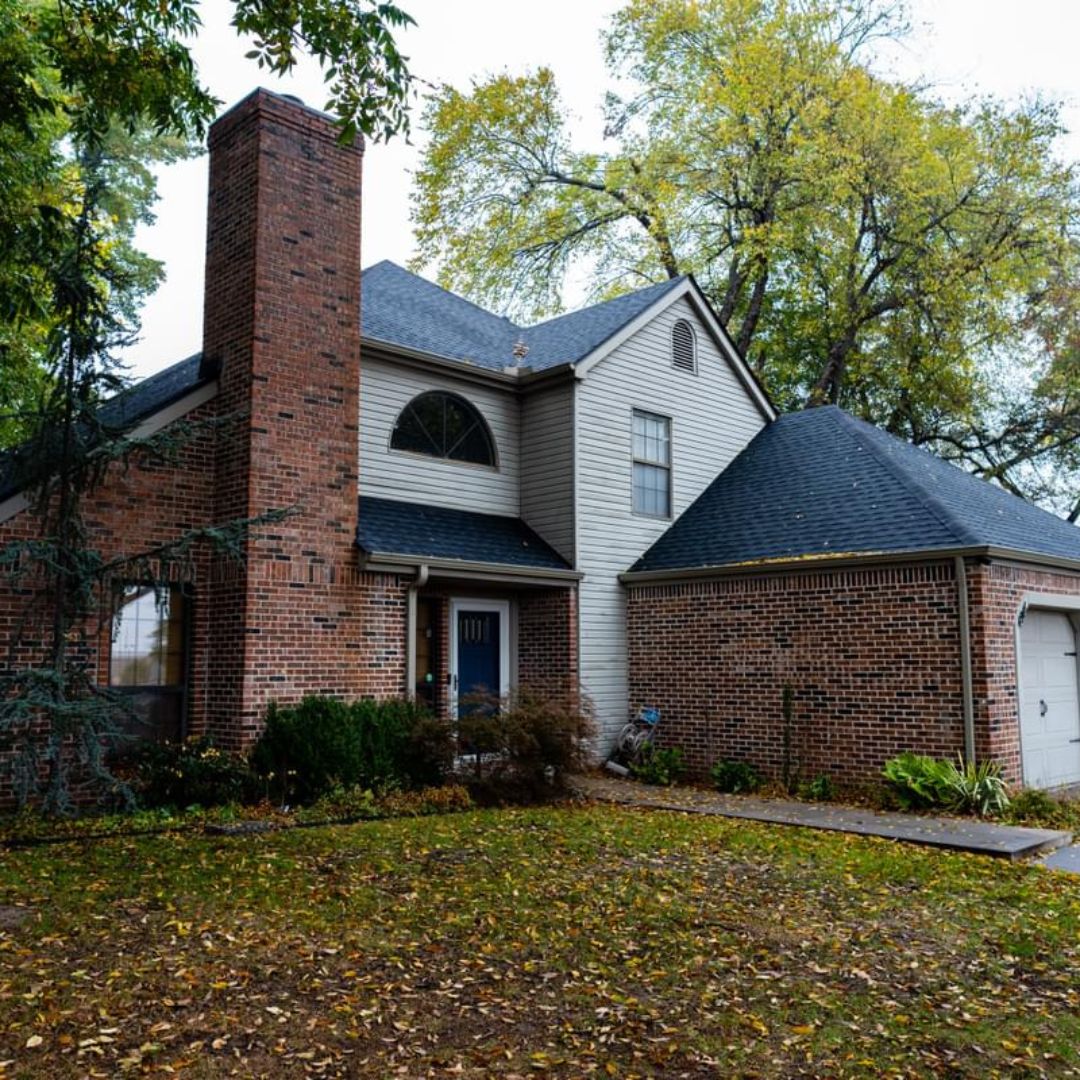Tulsa Housing Study

An independent study of Tulsa’s housing demand found that over the next ten years, Tulsa must develop nearly 13,000 new housing units and invest $245 million in housing on an annual basis to meet housing demand.
Fortunately, from 2009 through 2020, Tulsa has invested more than $1 billion into downtown development through private, public and philanthropic sources, not including the almost $200 million BOK Center that opened in 2008 and an additional $800 million that was planned or in progress last year. Adjusting for inflation, Tulsa’s recent investment into downtown exceeds the study’s estimated need.
“Tulsa has a history of developing innovative, public-private partnerships to solve the city’s biggest challenges,” said Kian Kamas, PartnerTulsa executive director. “The results of this study show that we must continue to invest in creative public finance tools that reduce the cost of development and de-risk building and investment. PartnerTulsa is committed to managing existing and developing new tools that will help us rise to the challenges we know exist, as well as partnering with the private developers that will be critical to addressing our housing needs.”
The study is the first of its kind for Tulsa and provides data for leaders to make informed decisions and potential strategies to close the gap. The study was paid for by The Anne and Henry Zarrow Foundation; facilitated by Housing Solutions; conducted by Development Strategies and Homebase; and supported by the City of Tulsa, Partner Tulsa, Downtown Tulsa Partnership and Tulsa Housing Authority.
Here is a summary of the study’s key findings and proposed solutions:
- Over the next ten years, Tulsa must invest $245 million in housing on an annual basis to meet housing demand. To meet the city’s housing investment goals, 24% of the investments must be creative public finance tools such as Tax Credits, federal programs, and Tax Increment Finance, as well as new public funding efforts.
- Many Tulsans, especially renters, struggle to make housing payments. In order to reduce housing vulnerability across the city, Tulsa needs to more than double its supply of dedicated affordable housing units. Resources and programs that help existing homeowners stay in their current home, while preserving affordable housing options within Tulsa are a critical part of future strategies to meet housing needs for Tulsans making between 30 and 80 percent of Area Median Income.
- Nearly half of Tulsa’s housing stock is 50+ years old. Older housing stock presents an opportunity to meet housing demand and provide affordable housing options for lower and moderate-income households. Rehabilitation and preservation of this existing housing stock, like PartnerTulsa’s redevelopment of the Laura Dester site into Quincy Park Apartments, can expand the city’s housing supply, while improving neighborhood conditions.
- With Tulsa’s population expected to grow by 10,000 people in the next 10 years and the city’s expanding job market attracting new residents, increasing the availability of housing across all income groups will help employers attract and retain employees at all levels.
- Increasing the availability of affordable housing close to employment centers can help reduce overall costs for employees while reducing commute times. And an increase of housing in existing commercial corridors will act as anchors and generate increased demand for commercial activity.
- Nearly 16% of Tulsa’s commercial parcels are vacant, presenting a substantial opportunity to convert underutilized parcels, particularly those along key corridors like the Village Flats in the Pearl District, into much needed mixed-use development.